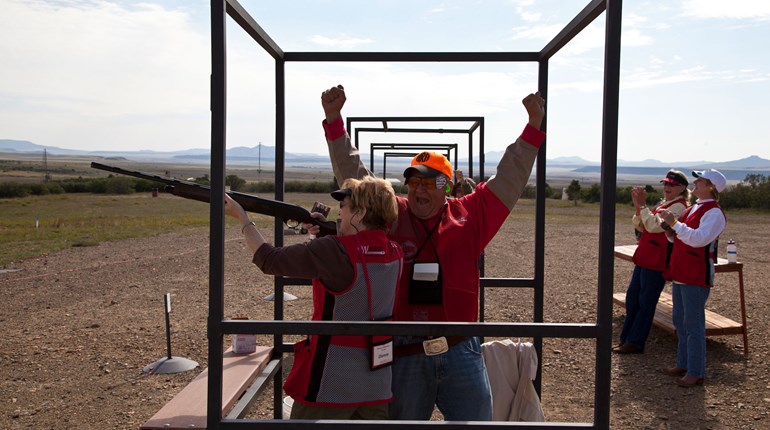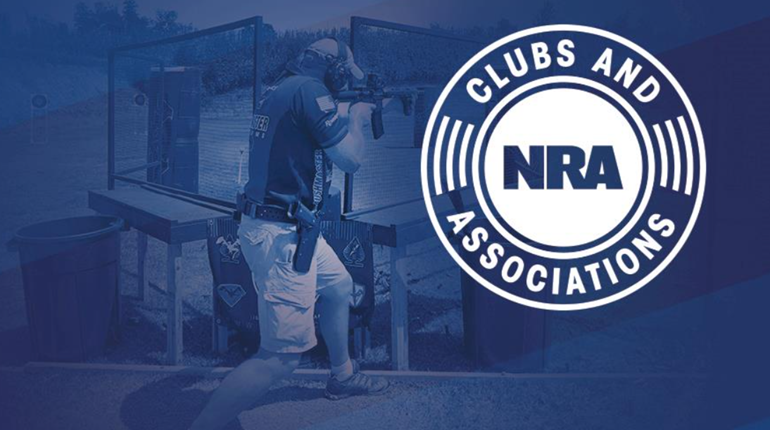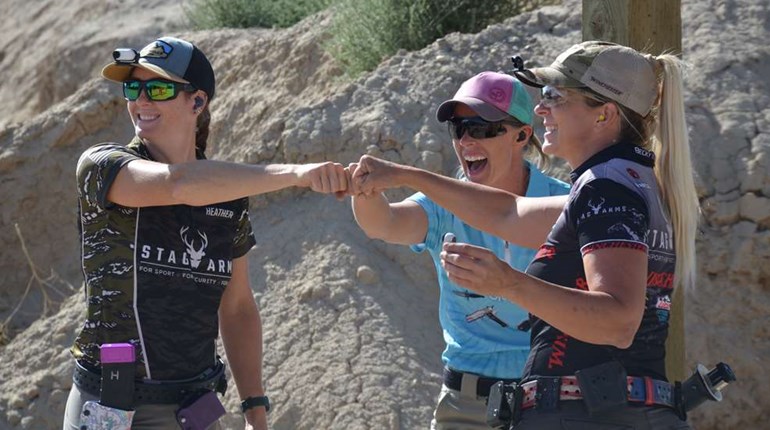
Hikers, campers and hunters have their own anthology of “horror stories.” You’ll hear them repeated over bonfires after dusk has turned to dark as the flickering firelight dances across the listeners’ rapt faces. However, unlike ghost stories or urban legends, many of these friend-of-a-friend tales did (or at least could) happen. It’s true that there are disconcerting things that those of us who love to leave the beaten path might see in the wilderness. The questions to ask are: “How much of a threat is this really to us?” and “What should we do if it happens?”
1. The Bear Cub
The moment: You’re biking down a remote trail and stop to catch a drink of water. You hear a little sound to your left and turn your head to see a bear cub, just a few yards away. Oh, the cub itself isn’t frightening…it’s your sudden realization that its mother can’t be far away, and she’s not going to be happy to see you near her baby. Gulp.
What to do: Look carefully around—do you see an adult bear? The first thing you’ll want to do is make sure that you are not in between the cub and sow. If you are, move slowly away. Do not run—not only may running activate the bear’s prey drive, it’s pointless to do so, as bears can easily outrun any human being. Give the bear as wide a berth as possible, and don’t turn your back on it. If you are legally carrying a defensive firearm or any of the commercially available brands of bear spray, get it at the ready. Know that bears frequently put on aggressive displays long before they attack in earnest. They may pop their jaws, paw the ground or even make a “bluff charge” that stops well in advance of your location. Most of the time, what the mama bear really wants is for you to get away from her cub, and once you have done so, she’ll back down.
2. The Fresh Predator Kill
The moment: You’re taking a leisurely summer stroll through the woods to check on some food plots you’ve planted in anticipation of the deer season to come. Turns out your food plot is doing exactly what you want it to—attracting deer. It also seems to have attracted one of the animals that prey on deer, too. You come across a whitetail carcass. It’s very fresh, and from the marks on it, it was taken down by something or some things with sharp teeth. Depending on where you are, it could be a bear, coyote pack, even wolves or a mountain lion. Uhhh…
What to do: In short, leave it. Just because the carcass seems to be abandoned doesn’t mean that it has been; many animals, like mountain lions, will return to their kill for several days until it’s all been consumed. What’s more, even predators that aren’t ordinarily aggressive towards humans can get a bit…grumpy…about a perceived threat to their food source. Most predators are active at dawn, dusk and at night, so if it’s daytime, you’ve got a better chance of getting out of there without drawing the animal’s attention.
3. The Poachers Were Here
The moment: You’re enjoying the wind on your face as you tool down the access road (safely, right? Right.) on your ATV. Suddenly you catch a whiff of something you wish you hadn’t. You slow down and your heart sinks with disgust as you realize that the dead whitetail by the side of the road is missing its antlers…and nothing else. What’s more, it’s not even close to deer season yet. Someone is poaching in this area. Grrr…
What to do: It’s normal to be incensed by the activities of poachers, but remember that you are not a law-enforcement officer. Your safety comes first. Do not confront a suspected poacher. The best thing you can do is to remove yourself from the situation immediately, and to be a good witness by documenting as much evidence as you safely can. If you can snap a couple of quick pictures with your cell phone and make note of your approximate GPS coordinates, this information will be useful to law enforcement. When you’re safely away, contact your local law enforcement agency with as many details as you can about what you saw. Most states have hotlines dedicated to reporting poachers—a Google search should bring it up immediately. Most allow you to be anonymous if that’s what you prefer, but some also offer rewards for tips that result in poacher convictions.
4. The “Friendly” Raccoon
The moment: You’re busy buttoning up the tents for the day as you head into your second morning of camping. Your son’s voice pipes up from around the tent: “Mommy! Come see the friendly raccoon!” You race to his side, to see a raccoon stumbling, stiff-legged, right toward your child. You’ve never seen a rabid animal before, but there’s nothing else this could possibly be. Oh, no…
What to do: One of the hallmarks of rabid animals is that they behave uncharacteristically, so don’t expect that the maneuvers that would normally send a critter scurrying will work in this situation. First, get your child or children out of harm’s way, then yourself. Do not approach the animal. If the animal attacks, you will have to defend yourself with any physical force at your disposal. Once you have gotten to safety, evaluate yourself and your family. If you were bitten or scratched, the CDC recommends you wash the wound thoroughly with soap and water, then contact a healthcare professional immediately. (The good news is that the post-exposure prophylaxis shots are no longer the painful ordeal of previous decades; they are now a series of shots in the shoulder muscle.)
5. The Quicksand
The moment: You’ve stepped away from your hiking buddies to answer a call of nature. The earth looks solid enough, but as you walk through a sandy patch, you realize that it isn’t. The treacherous ground sucks greedily at your boots as you start, slowly, to sink. You always kind of thought quicksand was just a 1940s adventure-movie trope, but here you are…getting shorter by the second. You’ve got to be kidding me…
What to do: Yes, quicksand is a real phenomenon, and yes, it can be scary. The thing to remember is that the human body is about half as dense than quicksand…you may sink into it for a while, but eventually you will float. So relax. Take a deep breath—literally. Air in your lungs will make you even more buoyant. Get out of your shoes, if you can. Get your body horizontal, to increase your surface area. (Yes, you’re going to get dirty.) Slowly and calmly work your way to more solid ground. Easy does it; the old saw that struggling makes it worse is true.







































